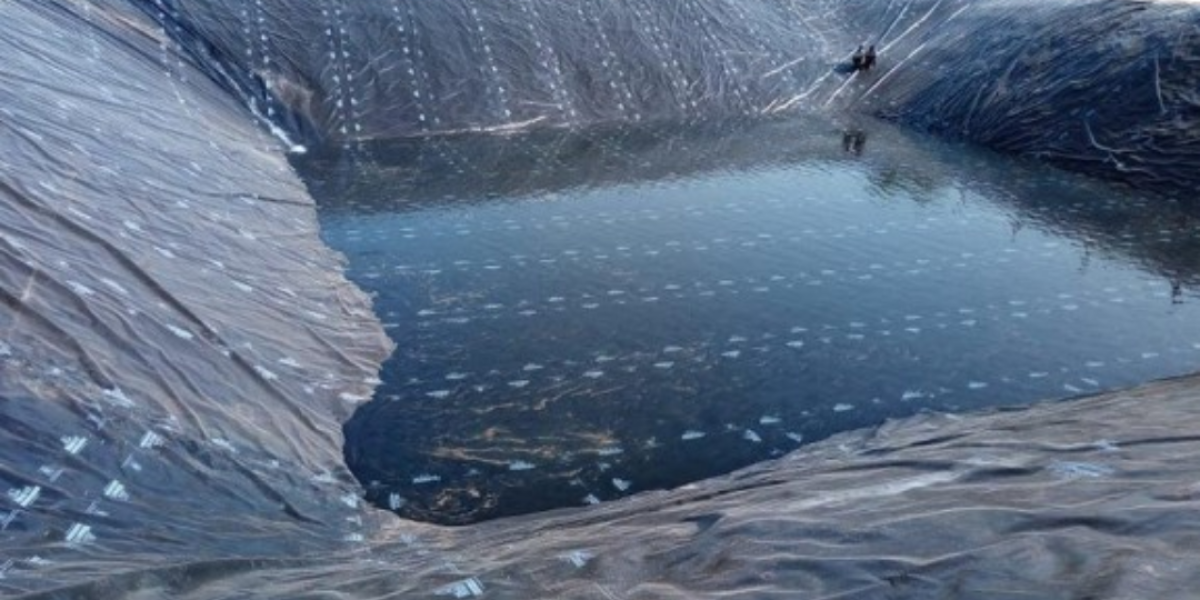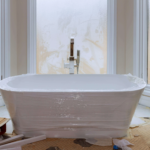Durable HDPE Pond Liner: Secure Your Aquatic Oasis
Whether you want to Hdpe Pond Liner Installation healthy aquatic environment that can serve as an ornamental garden pond, a viable fish farming business, or a dependable reservoir source of water, there is one essential component you can’t live without—a dependable and durable liner. Overall, there are many different types of materials that can be used as liners, but one of the best choices is a High-Density Polyethylene (HDPE) pond liner noted for its durability, longevity, and versatility. Once you find the right liner for your specific aquatic body of water you will be establishing stability, long-term health, and resiliency, preventing water loss, maintaining water quality, and the retaining stability of your pond for years to come. In this discussion we will look at investigate the astonishing benefits of HDPE pond liners, look at their benefits, installation considerations, and much more, and provide you with an understanding of why purchasing from a well-known HDPE pond liner manufacturer is necessary for preserving your water habitat.
The Undeniable Advantages of HDPE Pond Liners
HDPE has an incredible variety of beneficial qualities that meet the needs of any water containment project. Most of the other Hdpe Pond Liner Manufacturer, will degrade or become brittle with age due to ultra violet (UV) exposure, but HDPE has acceptance to UV and its construction as a liner means it will be structurally sound into things like feeding dams or sedimentation ponds after years in sunlight. HDPE is chemically inert so
Laying the Foundation: HDPE Pond Liner Installation
A successful and leak-free pond system relies heavily on proper installation of the HDPE pond liner. The Hdpe Fish Pond Liner hold up but if you do not follow a detailed process for the installation, it will launch a series of failures. The first step is excavation and molding of the pond area. You must remove sharp rocks roots and debris that could puncture the liner. The site should be smoothed out to ensure an even surface so that there are no high spots that will push down through the liner over time. There is often a recommendation for using protective underlayment (geotextile fabric) to provide some cushioning and puncture resistance. Once excavation is done, you will then unroll the HDPE liner over the pond site. You will need to allow sufficient overlap at the edges to anchor down the liner. Depending on the size of the pond, you may have to seam sections of the liner together.
The Significance of Choosing a Reputable HDPE Pond Liner Manufacturer
The quality of your HDPE pond liner directly impacts the longevity and performance of your aquatic project. Therefore, selecting a reliable HDPE pond liner manufacturer is of paramount importance. A reputable manufacturer will adhere to stringent quality control standards, ensuring that the liner is produced from high-grade raw materials and meets industry specifications for thickness, tensile strength, and UV resistance. They will also typically offer a range of liner thicknesses to suit different project requirements and provide valuable technical support and guidance on installation. Choosing an unproven or low-cost supplier may compromise the quality of the liner,
Diverse Applications of HDPE Fish Pond Liners
While often associated with decorative garden ponds, HDPE pond liners are exceptionally well-suited for a variety of applications, including fish farming. An HDPE fish pond liner provides a safe and controlled environment for aquaculture, preventing the seepage of water and maintaining optimal water quality essential for healthy fish growth. The smooth, impermeable surface of the liner also simplifies cleaning and disease management. Whether you are raising ornamental koi or cultivating fish for commercial purposes, an appropriate HDPE fish pond liner is a critical component of a successful and sustainable aquaculture operation. Its durability and resistance to biological degradation ensure a long-lasting and reliable containment solution for your valuable aquatic stock.
The Environmental and Economic Advantages
Beyond their practical benefits, HDPE pond liners also offer significant environmental and economic advantages. Their long lifespan reduces the need for frequent replacements, conserving resources and minimizing waste. By preventing water loss through seepage, they contribute to water conservation, a crucial consideration in many regions. While the initial investment in a high-quality HDPE liner may seem significant, its durability and low maintenance requirements translate into long-term cost savings compared to less durable alternatives that may require frequent repairs or replacement. Furthermore, the inert nature of HDPE ensures that it does not contaminate the surrounding soil or water, making it an environmentally responsible choice for water containment.
Conclusion:
In conclusion, the durable HDPE pond liner stands as a cornerstone in creating and maintaining a secure and thriving aquatic environment. Its exceptional strength, UV resistance, chemical inertness, and flexibility make it a superior choice for a wide range of applications, from decorative ponds to fish farms and water reservoirs. Proper HDPE pond liner installation is crucial for maximizing its performance, and selecting a reputable HDPE pond liner manufacturer ensures the quality and longevity of your investment. By understanding the advantages, installation considerations, and the importance of choosing a reliable supplier,
Frequently Asked Questions (FAQs)
Q1: How long can I expect an HDPE pond liner to last?
A1: A high-quality HDPE pond liner, when properly installed and maintained, can last for several decades, often ranging from 20 to 50 years or even longer. Factors such as liner thickness, UV exposure, and the presence of any physical stresses can influence its lifespan.
Q2:: What thickness of HDPE pond liner should I choose for my project?
A2: The thickness of HDPE pond liner will be dependent on the pond’s size and depth, the risk of stress or puncture. If you have a small decorative pond, you can use a 20-mil or 30-mil liner. If you had larger ponds or you have a lot of stress/potential for puncture (sharp objects) then you may want to go thicker liner, possibly a 40-mil or 60-mil liner. You should speak with an HDPE pond liner manufacturer to provide detailed insight for your specific project.












